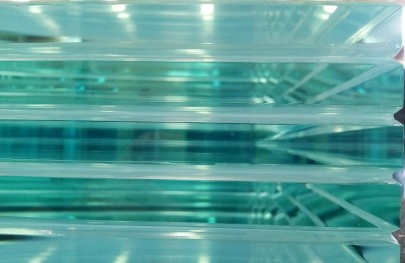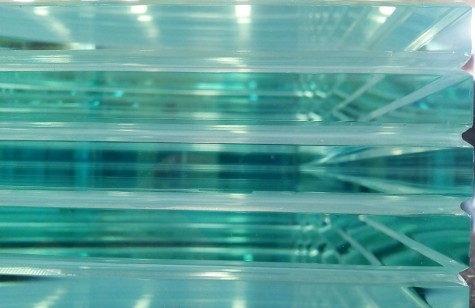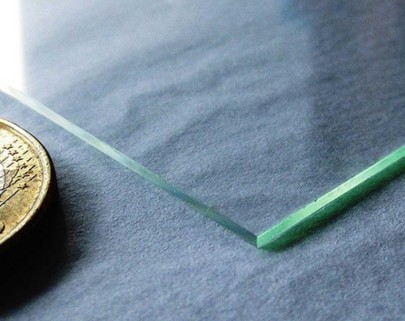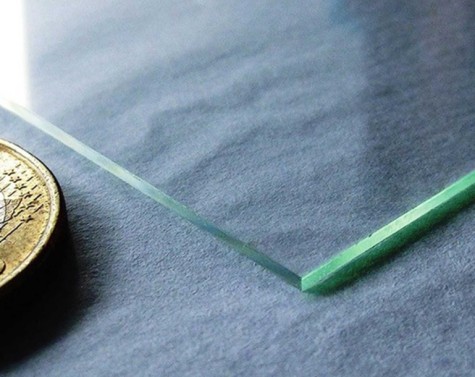Laminated Glass
Laminated glass consists of at least two glass panes joined by a polymer interlayer. In the intact state, this creates a shear coupling between the two glass panes under bending stress, which significantly influences the maximum glass stresses. If the glass is broken, the adhesion of the shards to the interlayer and a residual load-bearing behavior must also be ensured when using laminated safety glass.
Insulating Glass (IGU)
Multi-pane insulating glass is an essential product in facade construction. These insulating glass unites (IGU) contribute significantly to the energy efficiency of the building envelope. The requirements as well as the geometric shapes of such IGUs is constantly changing and the share of special glazing with functional coatings and fixtures is continuously increasing.
Vacuum Insulating Glass (VIG)
Vacuum insulated glass (VIG) describes highly insulating glazing units with comparably thin structural thicknesses and weight advantages compared to conventional insulating glass units. The experimental and numerical investigation at the macroscopic and microscopic level of VIG units as well as their components is intended to exploit optimization potentials and to advance the application of VIGs in the building industry. The investigation aims to determine the deformation and stress behavior of VIGs, to understand the physical processes and to develop failure criteria and design concepts based on these findings.
Thin Glass
With its origins in display technology, thin glass with a thickness <2mm offers potential for many innovative uses in the building industry. It can easily be bent to follow complex shapes and might for many applications be much lighter than standard glazing systems. The mechanical flexibility requires novel test methods for strength testing that account for large deformations. Promising applications of thin glass are flexible, curved and if required cold bent light façade components.










